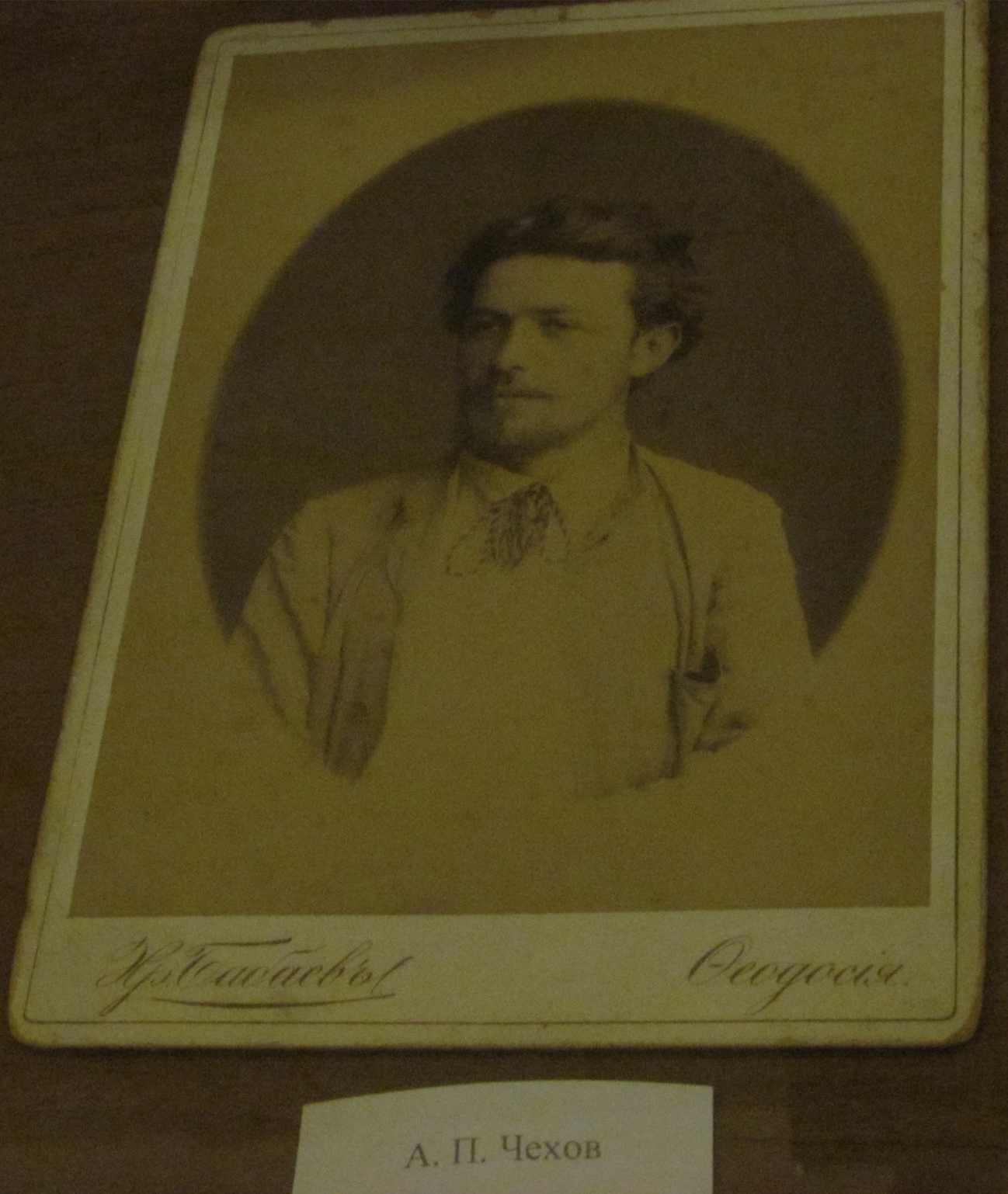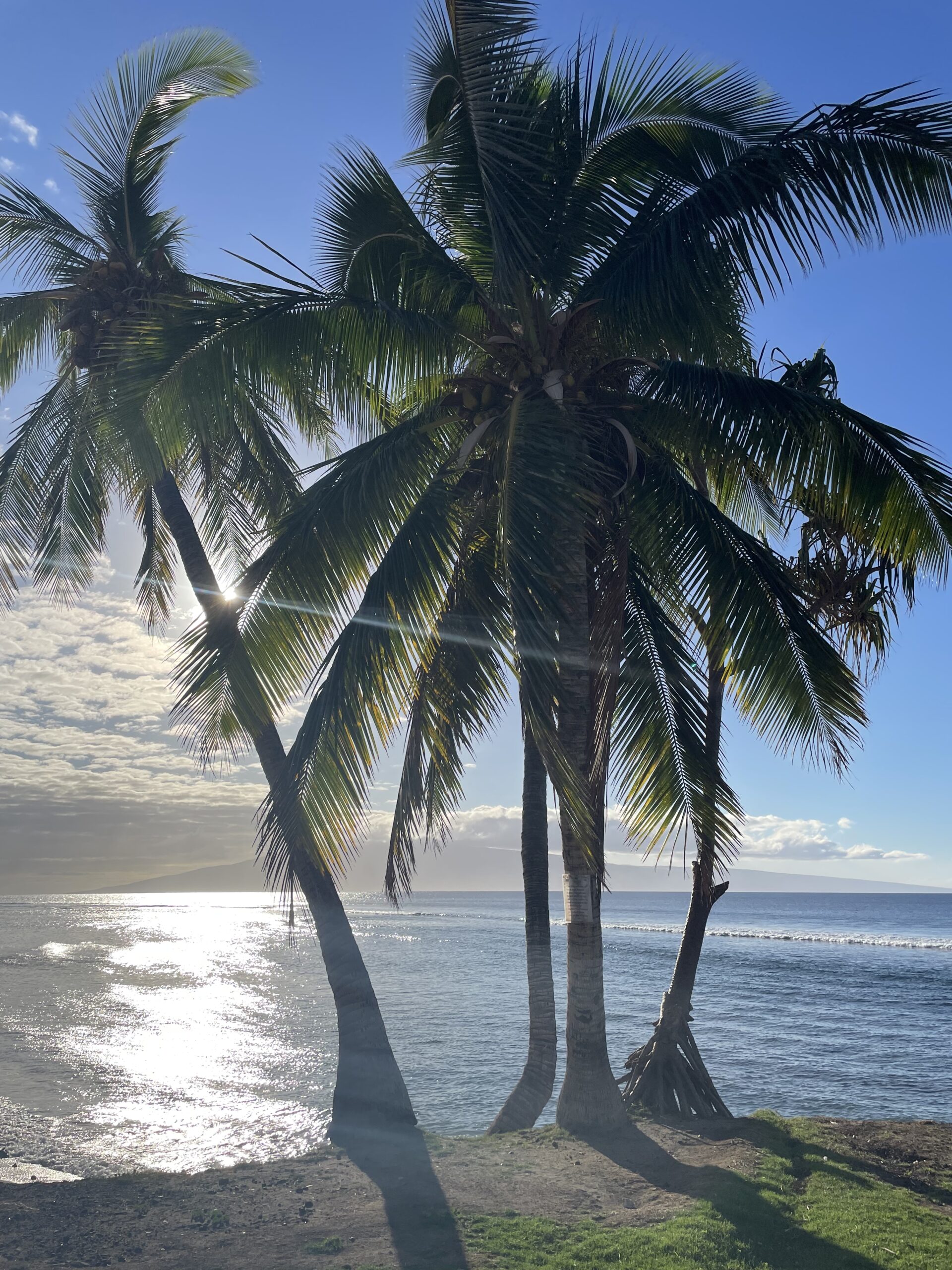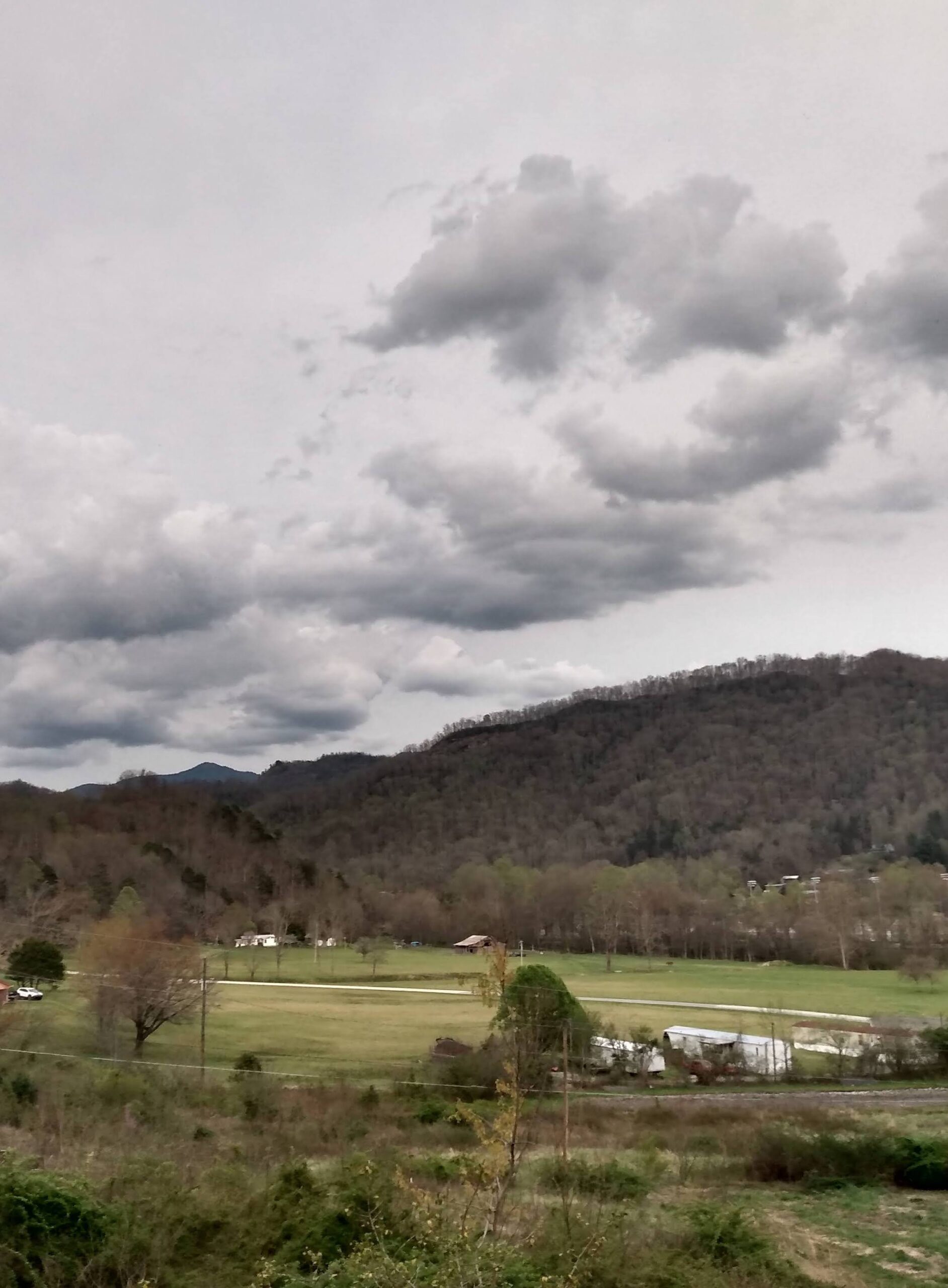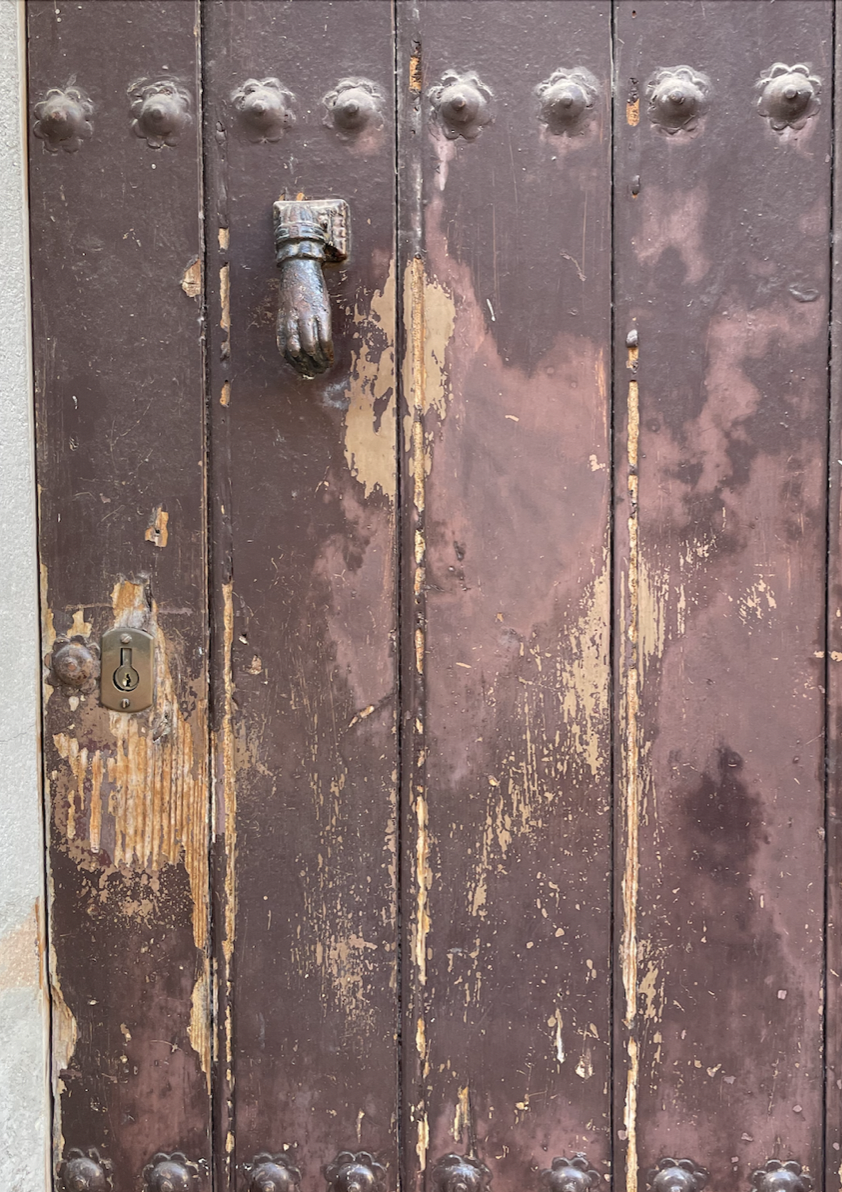
Yalta, Ukraine
The minibus stops in the middle of the road and the driver opens the door, he says something in Russian which I take to mean I need to get off. I begin to walk on a red dirt road that meanders down, and in front of me, the vastness of the Crimean terrain opens up, splotches of yellow overgrown grass, young bushes and wildflowers, the quiet dark sea in the distance.
I’d boarded the minibus in the city of Sebastopol, where I saw several monuments of the Crimean War (1853-1855), soldiers in heroic postures lurching forward or carrying wounded men back to safety. I learned of a museum dedicated to the memory of the siege of the city, which began in September 1854 and did not end until a year later, and was conducted by the English, French, Sardinian, and Turkish forces. I’d walked along the port and passed a group of young men wearing navy blue trench coats, badges on their chests and white hats: the Russian Navy. They are in charge of the famous Black Sea Fleet, whose ships have been anchored in Sebastopol since the city’s founding in the late 18th century.
I keep walking on the dirt path hoping to see a dog shepherding sheep, a man on a horse, someone. There are no signs, I don’t know where I’m going. Five minutes later I see a white-haired man shuffling toward me, half hunched. Without exchanging words, he turns around and lifts his cane. Go on, he seems to be saying. The Livadia Palace stands, without exaggeration, in the middle of nowhere.

For a moment I stop to take in the impeccable white building, the palace where the Romanovs used to spend their summers. In the lobby, I buy a ticket and walk on the cherry red carpet that cushions my steps. I enter the room where in February of 1945, Stalin, Churchill, and Roosevelt met to plan the last phases of the attack; here they agreed on how Europe would be divided after the war. I see portraits of the Imperial family, Tsar Nicholas II with his wife Aleksandra, the Tsarevich with his deep gaze. I examine a large print where the monk Rasputin, friend and confessor of the Tsarina, appears with long hair down, bearded, a dark robe reaching his ankles. I am mesmerized by the expression on his face, his eyes with a fixed and penetrating look, but I’m more intrigued to see him alone, on the right side of the image, the rest of the royal family on the opposite side, piled up as it were. As if they were afraid to breathe from the same air as his.
Back on the street I take the bus that takes me to Yalta. I get off at a small square where Lenin points his finger in front of me, his image reflected on a rectangle of calm, shallow water. I walk to the pier where some old couples walk arm in arm; seagulls squeak and flap their wings before chasing one another away. Waves break in the distance. Chekhov imagined here the meeting between Dmitry Gurov and Anna Sergeyevna, the woman who walked on this pier with her white Pomeranian, always wearing the same béret; it was the beginning of a relationship between two married people. The inspiration for what would later become The Lady with the Lapdog.
The dacha where Chekhov lived from 1899 to 1904 is not far but the road is uphill and, after forty minutes walking, I stop to ask at a grocery store, and I’m told yes, go on a little longer. The street bends a little before I reach 112 vul Kirova. The property has a large garden and benches to sit on and relax; there is a path with small white stones that connects the reception area with the main house. I go through some family photos, oil paintings and watercolors, before heading to the two-story house; the pebbles creaking under my feet are an invitation to relax, to forgo any hurry.

As I enter, I see a picture in sepia of Chekhov hanging above the threshold and overlooking the room. He’s smiling, with his glasses halfway down his nose, his black blazer worn out and hair disheveled, as if he’d just fought a blizzard. I enter the kitchen and stop by a table; I imagine him having coffee with Lev Tolstoy, pouring more tea into Maxim Gorky’s or Sergey Rachmaninov’s cup. Upstairs I see his black leather shoes on a wicker chair, his coat behind a glass; there is no doubt that he was a tall man. I see a piano, pictures of painters and musicians, an old telephone stuck to the wall with a funnel-shaped handset.
Before I leave, I sit on one of the benches and fill my lungs. I imagine him in slippers and a robe, his glasses a little fogged up by the coffee cup he’s holding in his hands, his gaze fixed on the cherry and cypress trees he once planted; the little he has left of life is spent in an effort not to cough. After a moment I take a book out of my backpack and browse through Vanka’s stories, The Bishop, The House with the Mezzanine, The Kiss. I’d wanted to see the place where he had spent the final years of his life, the kind of routine he might have had. I wanted to hear what secrets his dacha would say to me. Did he continue to have hope until the end? Did he look at the Black Sea in Yalta’s port and glimpse his past, his life as a physician, the hundreds of stories he had conceived and those he never would, the same way Marya Vassilyevna had done with her own life in The Mistress?
For a moment I sit still and hold the book close to me. I breathe. I tip my head back and close my eyes. A soft breeze is shaking the trees.
A. Mauricio Ruiz was born in Mexico City. His work has appeared in The Masters Review, Words Without Borders, Catapult, Letras Libres, Gatopardo, Revista de la Universidad, The Common, The Rumpus, and Electric Literature, among others. He’s been shortlisted for the Bridport and Fish prizes, and received fellowships from OMI writers (NY), Société des auteurs (Belgium), Jakob Sande (Norway), Can Serrat (Spain), and the Three Seas Council (Rhodes). His second collection, Silencios al sur, was published in 2017, and some of his stories have been translated into French and Dutch.
Photos by the author.




